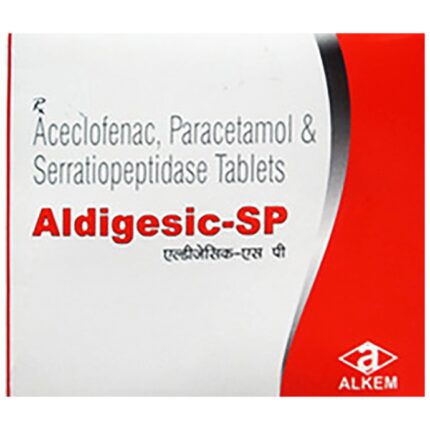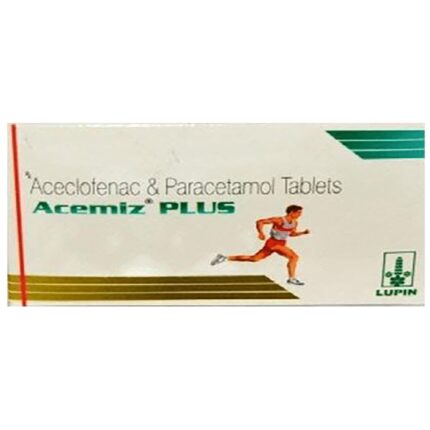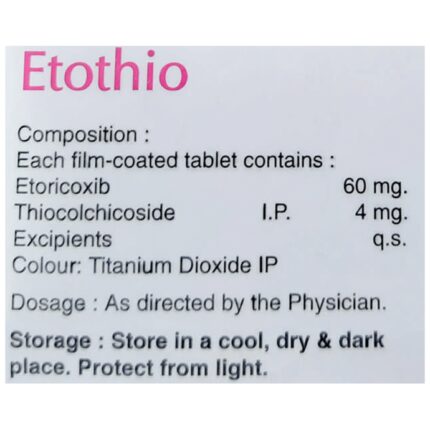DESCRIPTION
Xylofast Jelly is a local anesthetic used to temporarily numb certain areas of the body. It is used as an anesthetic lubricant to insert instruments in the human body for medical procedures (e.g., catheters). It is also used for the treatment of symptoms of painful inflammation of the urethra and bladder. The most common side effects of this medicine include redness, rash, burning, and itching at the site of application. These are usually mild and short-lived. Consult your doctor if any of the side effects persist or worry you. Before using it, tell your doctor if you have liver disease or are taking medicines for heart rhythm problems. Although medicines used on the skin are not normally affected by other medicines you should let your doctor know if you are taking any other medicines to be safe. Ask your healthcare team for advice if you are pregnant or breastfeeding.
INTRODUCTION
In Local anesthesia (Numb tissues in a specific area) Xylofast Jelly is a local anesthetic. It makes your skin numb. As a gel or cream, it can be used to relieve pain, irritation, or itching caused by a wide variety of conditions. It is generally very safe, works quite quickly, and will reduce the discomfort that might be caused by an injection, having a drip (cannula) put into your skin or a small cosmetic or other surgical procedure. It is also used in procedures requiring the insertion of a tube into your mouth, nose, anus (proctoscopy) or bladder (cystoscopy) can be uncomfortable and even painful. Lidocaine can be applied to the surface of the tube before it is inserted. This will both lubricate the tube and give an anesthetic effect, making the procedure more comfortable.
USE OF
Local anesthesia (Numb tissues in a specific area)
BENEFITS
This medicine is for external use only. Use it in the dose and duration as advised by your doctor. Check the label for directions before use. Clean and dry the affected area and gently massage the jelly. Wash your hands after applying, unless hands are the affected area.
FACTBOX
Chemical Class::Amide derivative|Habit Forming::No|Therapeutic Class::PAIN ANALGESICS|Action Class::Local anaesthetic (Amides)
HOW TO USE
Xylofast Jelly is a local anesthetic. It works on the skin by blocking pain signals from the nerves to brain. This numbs the area and decreases pain sensation.
SAFETY ADVICE
– Alcohol : – No interaction found/established – Pregnancy : SAFE IF PRESCRIBED – Xylofast Jelly is generally considered safe to use during pregnancy. Animal studies have shown low or no adverse effects to the developing baby; however, there are limited human studies. – Breast feeding : SAFE IF PRESCRIBED – Xylofast Jelly is probably safe to use during breastfeeding. Limited human data suggests that the drug does not represent any significant risk to the baby. – Driving : – No interaction found/established – Kidney : – No interaction found/established – Liver : – No interaction found/established
IF MISS
COMMON SIDE EFFECT
Application site reactions (burning, irritation, itching and redness)
ALCOHOL INTERACTION
PREGNANCY INTERACTION
SAFE IF PRESCRIBED
LACTATION INTERACTION
SAFE IF PRESCRIBED
KIDNEY INTERACTION
LIVER INTERACTION
VIEWS
96 people viewed this recently
BOUGHT
FAQ
Q. What is Xylofast Jelly used for?::: Xylofast Jelly is usually applied by a healthcare professional to the area being treated or to the medical equipment as part of a medical procedure. It helps to numb the area and reduces the discomfort associated with the insertion of medical instruments such as needles or catheters. It also helps to reduce the pain and inflammation in conditions such as heamorrhoids (piles) and anal fissures.| Q. How long does it take for Xylofast Jelly to work?::: Xylofast Jelly is applied at the start of a medical procedure and takes 3-5 minutes for the numbing effect to occur.| Q. Is Xylofast Jelly toxic?::: If Xylofast Jelly is used under the supervision of a doctor or as directed by your doctor, it is generally safe to use. However, using more than what is recommended may lead to a number of serious health issues such as numbness of mouth and throat if swallowed. This can lead to difficulty swallowing and even choking.|
DISCLAIMER
The Contents of this website & medicine description are for informational purposes only and are not intended to be a substitute for professional medical advice, diagnosis, treatment, or prevention of a disease or medical condition. Please consult a physician or doctor for the treatment and/or management of any disease or medicalconditioin without delay.



















